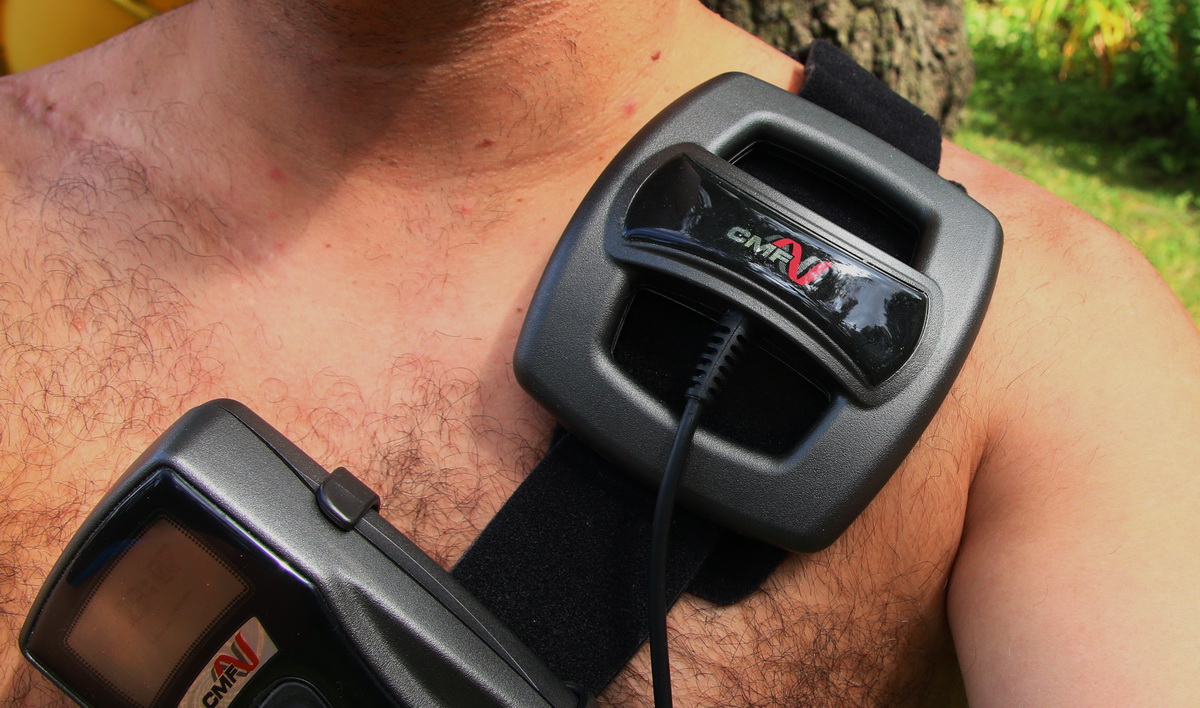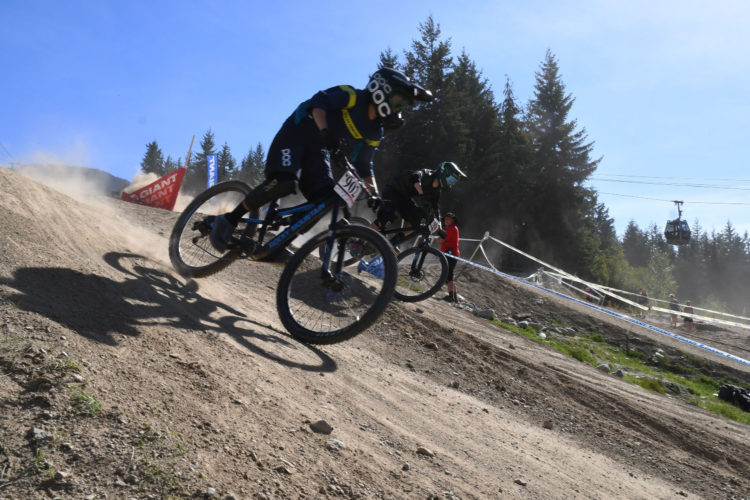So you did what I did. That or you just have a morbid fascination with broken body parts. Breaking a bone really sucks. It impacts a rider in so many ways. For one thing, your regular routine is ruined. Your Strava times are going to suck when you get back, and you are going to feel like you’re missing out on all that great riding. Oh yes, and you are going to hate all your riding buddies. Life is going to be miserable for a while.
Before we get into it, the illustration below depicts the stages that a bone has to go through in order to mend:

The body has to go through four stages of bone healing. The first stage is the inflammation stage where the body forms a blood clot around the affected fractured bone. An army of cells begin to clean up, repair, and build new pre-bone tissue. The second stage is the cartilage forming stage. This is where the haematoma of blood begins to transform that tissue into a soft callus. The third stage of bone repair is the hard callus stage, where the soft callus then calcifies into harder lamellar bone. The final stage is the remodeling stage, where the bone increases its density and slowly takes a new form.
The five steps below will help your body to heal up faster.
1. Nasty Habits
One of the easiest things you can do is cut down or stop any bad habits you may have. Smoking and drinking have been shown to slow down the healing process. Specifically these things delay the cartilage forming phase of fracture healing. They also limit the amount of oxygen in the blood, taxing the whole body. So for now, put down the beer and pick up a glass of water instead.
2. Eating Right
Watching what you eat is the next easiest thing you can do to help yourself heal quickly. Unless you are an orthopedic surgeon or a doctor, you are probably not totally aware of what it takes for the body to mend a broken bone–a tremendous amount of energy is involved. One medical paper I read stated that upwards of 6000 calories* a day are needed to provide enough energy for recovery. (1)
The key is what you eat. In short, what I took away from reading those articles was the need for protein and antioxidant-rich foods while recovering from my destroyed clavicle and cracked ribs (the X-ray’s in this article are mine). In addition, the body needs extra vitamin E and C, lycopene, and alphalipoic acid* from sources like spinach, beets, yams, broccoli, rice bran, potatoes, tomatoes, and carrots. (2)
5. Bone Stimulator
People who are older or who just can’t seem to heal up quickly may have what is called a “non-union”: a break that doesn’t quite heal up on its own. In a non-union, bones don’t generate enough cartilage around the break. Depending where you live and what kind of insurance you have, there are bone stimulator options available.
At the time of this writing, my fracture was considered a non-union fracture. A non-union happens to the general population 5-10% of the time. Presently there are a few types of bone stimulators on the market: electrical stimulation, low-intensity pulsed ultrasound, and extracorporeal shockwave therapy (ESWT). (3)
The electrical stimulator sounds a bit extreme even for me, as they have to directly implant electrodes, then hook up the machine to zap the electrodes. Ultrasound uses low-level, high-frequency sound waves on the affected bone to simulate micro stresses when loads are placed on bones. Finally, ESWT is performed in an outpatient setting. A topical probe is placed on the skin, and an electrical charge creates an energy wave that is focused on the break. The shock waves create a force on the bone and the surrounding tissue that may induce healing in the affected areas of the fracture.
Note: Some doctors say that electrical stimulation is still not a guaranteed way of healing non-unions. That said, if you have a broken bone and it’s not healing, your options are very slim. I opted to take the chance, and ordered a ultrasound unit.
The image above has been added in five weeks after writing this article and shows the growth of bone from the non-union. You can see the calcification taking place and the gap starting to close. I personally used a DJO bone stimulator.
Even if you break a bone, it is not the end of the world! Just remember to eat right and to eat more than you think you need… and no drinking or smoking! If you are reading this and are currently dealing with an injury, I wish you a speedy and hopefully non-eventful recovery!






















